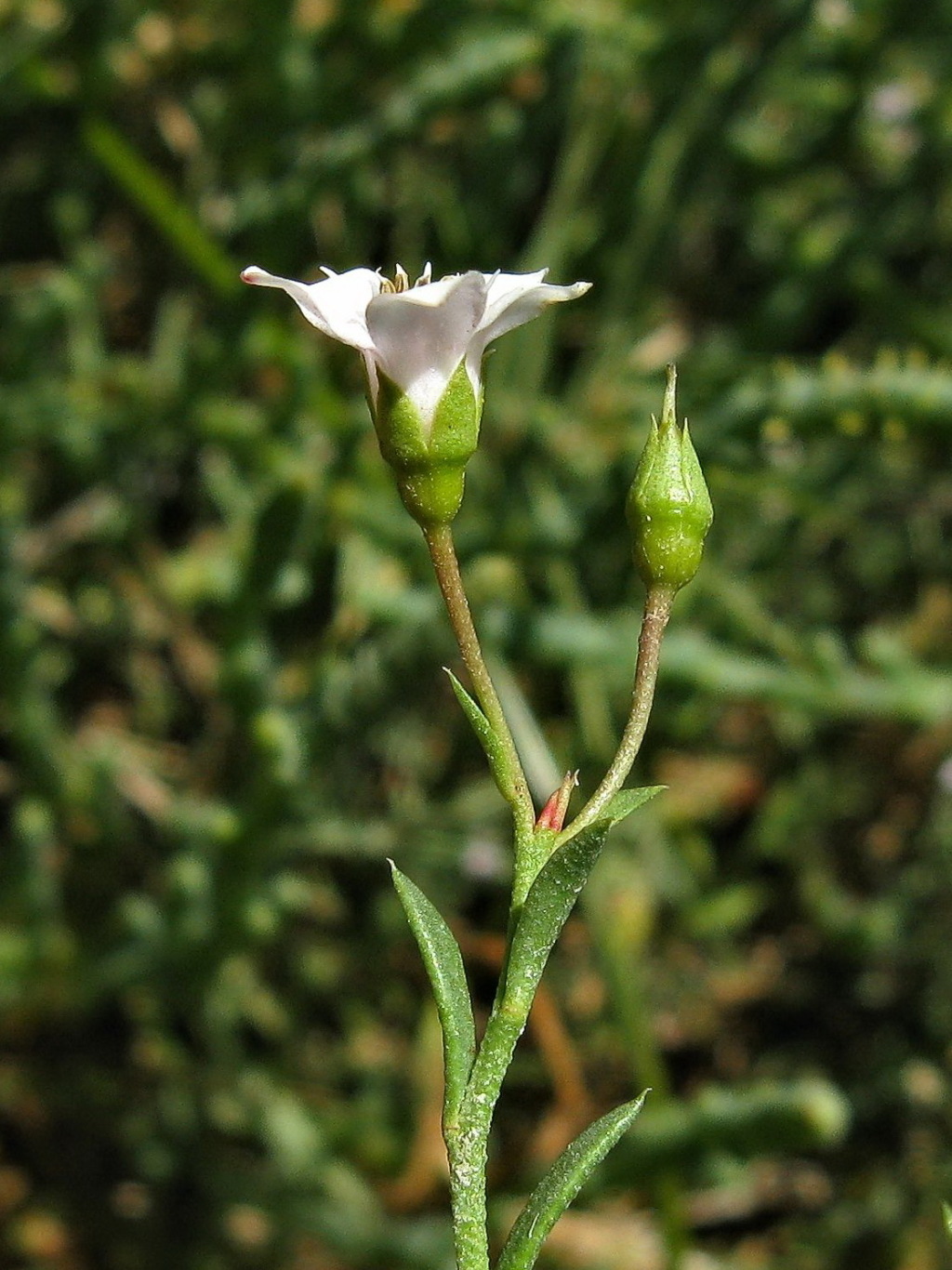Primulaceae
Annual or perennial herbs, trees or shrubs, sometimes climbing (not in Victoria), sometimes dioecious. Leaves opposite or whorled, or alternate, usually simple and entire, sometimes with glandular dots and/or streaks; stipules absent. Flowers bisexual or unisexual, in axillary or terminal panicles, umbels, racemes, heads, or solitary, each subtended by 1 or more bracts; perianth of 2 whorls (or rarely, petals absent) of (3, 4 or 5 (rarely to 9) segments each; sepals and petals at least partly fused; stamens equal in number to, and opposite the petals (or alternating with sepals if petals absent), anthers opening by longitudinal slits, staminodes sometimes present; ovary superior or semi-inferior, unilocular but sometimes with 5 incomplete internal partitions, style solitary, usually with a capitate stigma, ovules usually numerous. Fruit a capsule dehiscing via valves or sometimes circumsciss, or a berry, or a drupe.
About 55 genera and 2500 species, almost cosmopolitan through tropical and temperate regions; c. 35 species in 10 genera in Australia.
The family, formerly regarded as comprising only herbaceous species with capsular fruits has recently been circumscribed to include the Myrsinaceae which was composed of woody perennials with fleshy fruits.The association is at first glance surprising, but floral, chemical and molecular evidence is persuasive.
Walsh, N.G. (1996). Primulaceae. In: Walsh, N.G.; Entwisle, T.J., Flora of Victoria Vol. 3, Dicotyledons Winteraceae to Myrtaceae, pp. 517–522. Inkata Press, Melbourne.
 Spinning
Spinning


